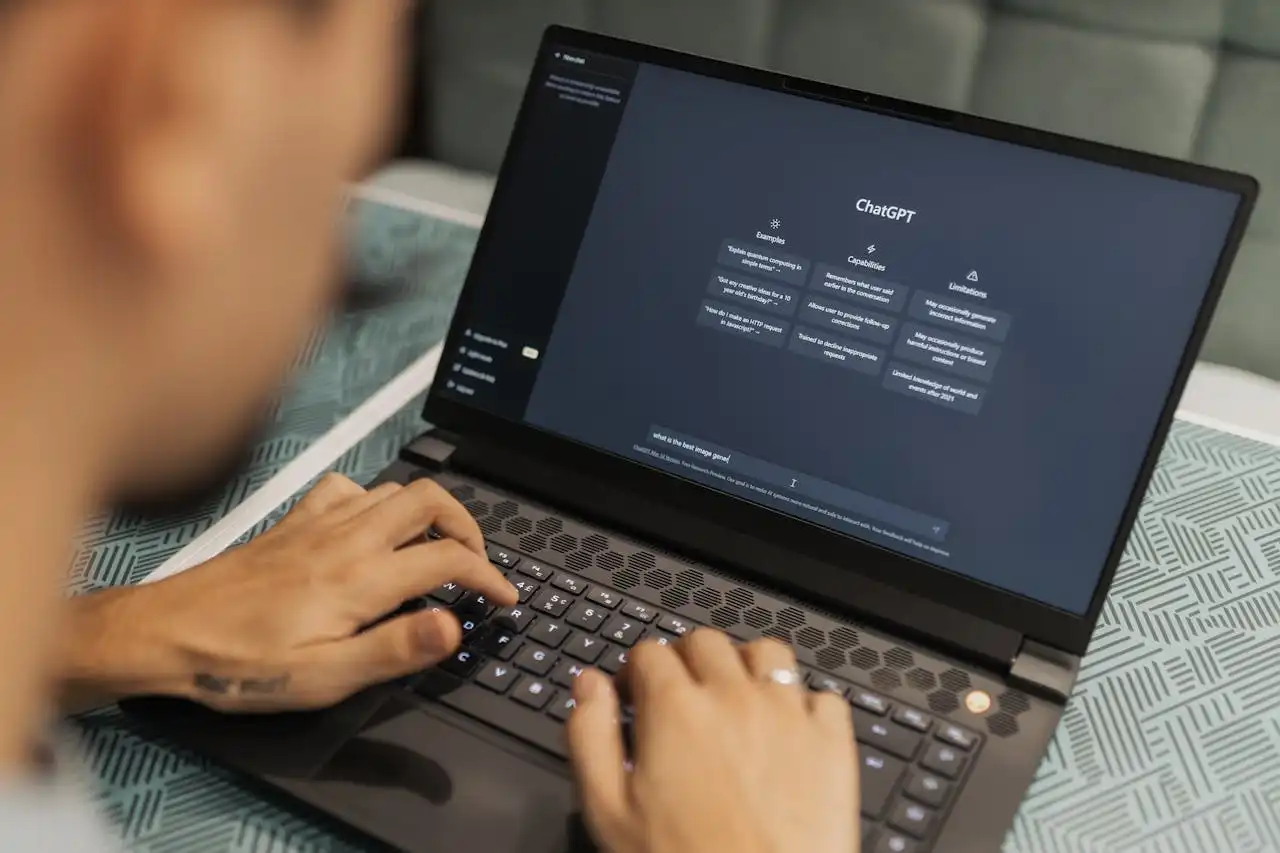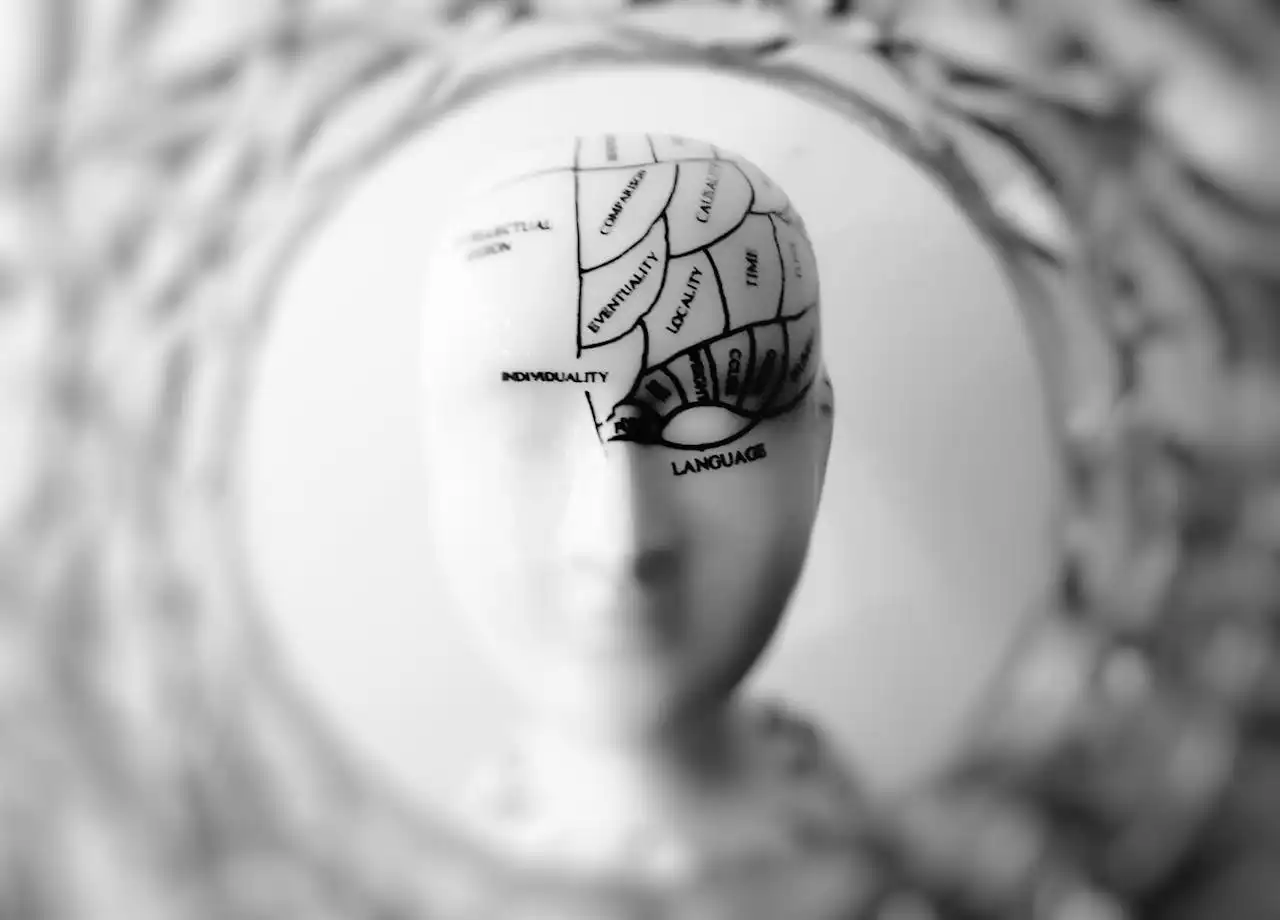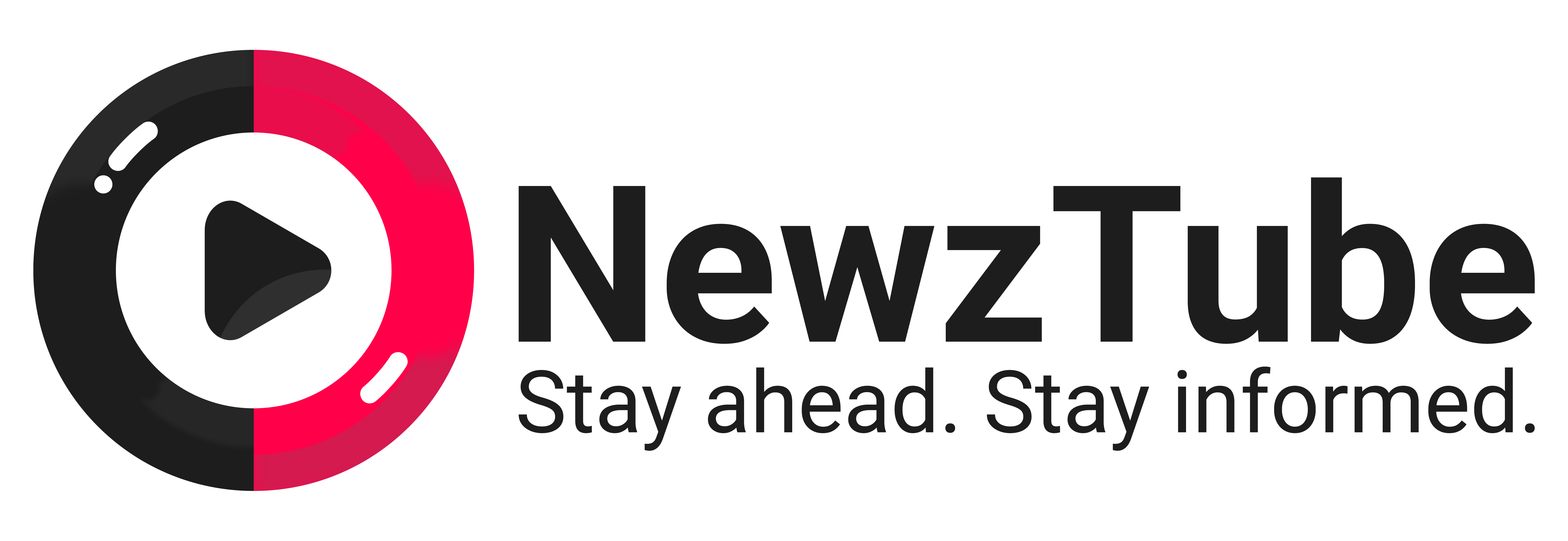Eyes on the Prize: Protecting Your Peepers in Our Screen-Obsessed World
Muhe - Monday, 28 July 2025 | 08:00 PM (WIB)


So, What Exactly is Digital Eye Strain?
You know the feeling, right? That sandpaper sensation in your eyes after a marathon Netflix session, or the headache that creeps up after a particularly intense workday staring at spreadsheets. That, my friend, is digital eye strain, often dubbed Computer Vision Syndrome (CVS). It's not a single condition but rather a group of eye and vision-related problems that result from prolonged computer, tablet, e-reader, and cell phone use. Symptoms typically include dry eyes, blurred vision, headaches, neck and shoulder pain (because, posture!), and even light sensitivity. It happens because we tend to blink less when staring at screens (who knew?), and the constant focus on small pixels at a fixed distance puts a surprising amount of stress on our eye muscles.The culprits are many: improper lighting, glare on the screen, poor seating posture, uncorrected vision problems, and yes, that infamous blue light. But the good news is, you don’t have to break up with your beloved devices. You just need to set some healthy boundaries and adopt a few game-changing habits.Your Playbook for Happier, Healthier Eyes
Embrace the 20-20-20 Rule (It’s a Lifesaver!)
This is probably the most cited and effective tip, and for good reason. For every 20 minutes you spend looking at a screen, take a 20-second break to look at something 20 feet away. Seriously, set a timer. Your eyes need a mini-vacation from the close-up work. This simple habit helps relax your eye muscles and allows them to refocus, significantly reducing fatigue. It’s like a micro-stretch for your ocular muscles. Just glance out the window, look down the hall, or at a far-off picture on the wall. Anything but your screen!Optimize Your Screen Setup
Your workspace ergonomics play a huge role. First off, position your screen about an arm's length (20-28 inches) away from your eyes. The top of your screen should be at or slightly below eye level – no more craning your neck like a confused giraffe. Next, tackle that pesky glare. Position your screen to avoid reflections from windows or overhead lights. Consider a matte screen filter if glare is a major issue. Adjust your screen brightness and contrast to match your room's lighting; a screen that's too bright or too dim can cause strain. And for crying out loud, enlarge your text! There’s no prize for squinting.Seriously, Blink More!
When we're engrossed in an email or a captivating TikTok reel, our blink rate drops dramatically – sometimes by as much as 50 percent! Blinking is crucial because it spreads a fresh layer of tears over your eyes, keeping them moist and clean. Consciously remind yourself to blink fully and frequently. It might feel weird at first, like you're overdoing it, but your eyes will thank you. If dryness persists, over-the-counter lubricating eye drops (artificial tears, not redness removers!) can offer much-needed relief.Banish the Blue Light (or at least tone it down)
Ah, blue light. It's emitted by our screens and can mess with our sleep patterns and potentially contribute to eye strain. Many devices now have built-in "night mode" or "blue light filter" settings that shift the screen's color temperature to a warmer, more yellowish hue, especially in the evening. There are also apps, browser extensions, and even specific computer glasses designed to filter out blue light. While the long-term effects of blue light are still being studied, reducing exposure, especially before bedtime, is generally a no-brainer for better sleep and potentially less strain.Hydration is Key (for your eyes too!)
Drinking enough water is fundamental for overall health, and yes, that includes your eyes. Dehydration can exacerbate dry eye symptoms. So, keep that water bottle handy and sip throughout the day. Also, consider the air quality in your environment. Dry air, often a consequence of air conditioning or heating systems, can make dry eyes worse. A humidifier in your workspace can add moisture to the air, making a noticeable difference.Don't Skimp on Eye Exams
This is not just a suggestion; it's a mandate. Regular, comprehensive eye exams are crucial. An optometrist can detect underlying vision problems that might be contributing to your eye strain, such as astigmatism or presbyopia (age-related farsightedness). They can also ensure your current prescription is up to date. Sometimes, a simple change in your glasses or contacts can make a world of difference. Ask about anti-glare coatings or specific computer glasses if you spend a lot of time on screens.Posture Matters, From Head to Toe
While not directly about your eyes, your overall body posture can indirectly affect eye strain. Hunching over a laptop can lead to neck and shoulder pain, which can then radiate into tension headaches, making eye discomfort even worse. Invest in an ergonomic chair, keep your feet flat on the floor, and ensure your keyboard and mouse are comfortably within reach. It's all connected, like a domino effect for your well-being.Ultimately, our digital lives are here to stay, and trying to fight against them is like swimming upstream against a raging river. But we can learn to navigate these waters with more grace and less strain. By integrating these simple yet powerful habits into your daily routine, you’re not just preventing discomfort; you’re investing in the long-term health and well-being of your eyes. So, go ahead, enjoy your screens, but do it wisely. Your future self (and your eyeballs) will definitely thank you.
How to Relax Your Mind During the Weekend
2 months ago

ChatGPT's Compassionate Turn: How AI Is Learning to Handle Mental Health Crises Better
2 months ago

Coffee vs. Tea: The Morning Brew Showdown That's More Than Just a Cuppa
2 months ago

Cracking the Code: Your Guide to Taming Those Beastly Migraines
2 months ago

Fuel Your Supercomputer: Five Foods That Will Level Up Your Brainpower
2 months ago

Unlocking Your Inner Shield: Five Veggies That Are Basically Superheroes for Your Immune System
2 months ago

Your Secret Weapon for Weight Loss? It's As Simple As Putting One Foot in Front of the Other
2 months ago

Forever Young: The Secret to a Glowing, Timeless Life
2 months ago

Your Gut Feeling is Right: How to Feed Your Inner Universe for a Happier, Healthier You
2 months ago

Navigating Your Daily Grind: When Does Your Coffee Habit Cross the Line?
2 months ago
